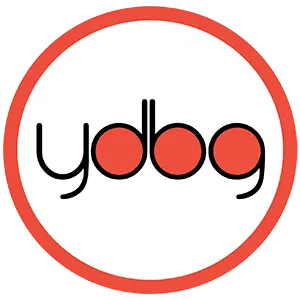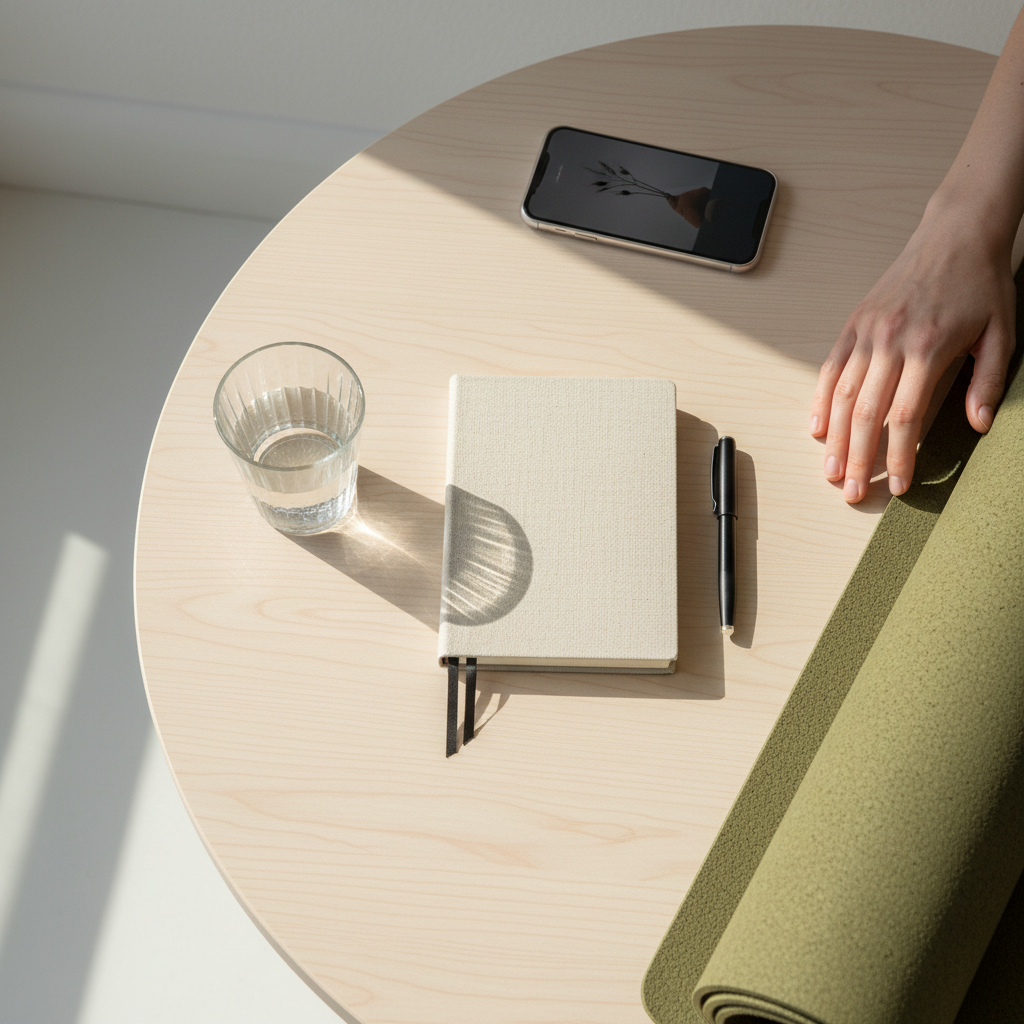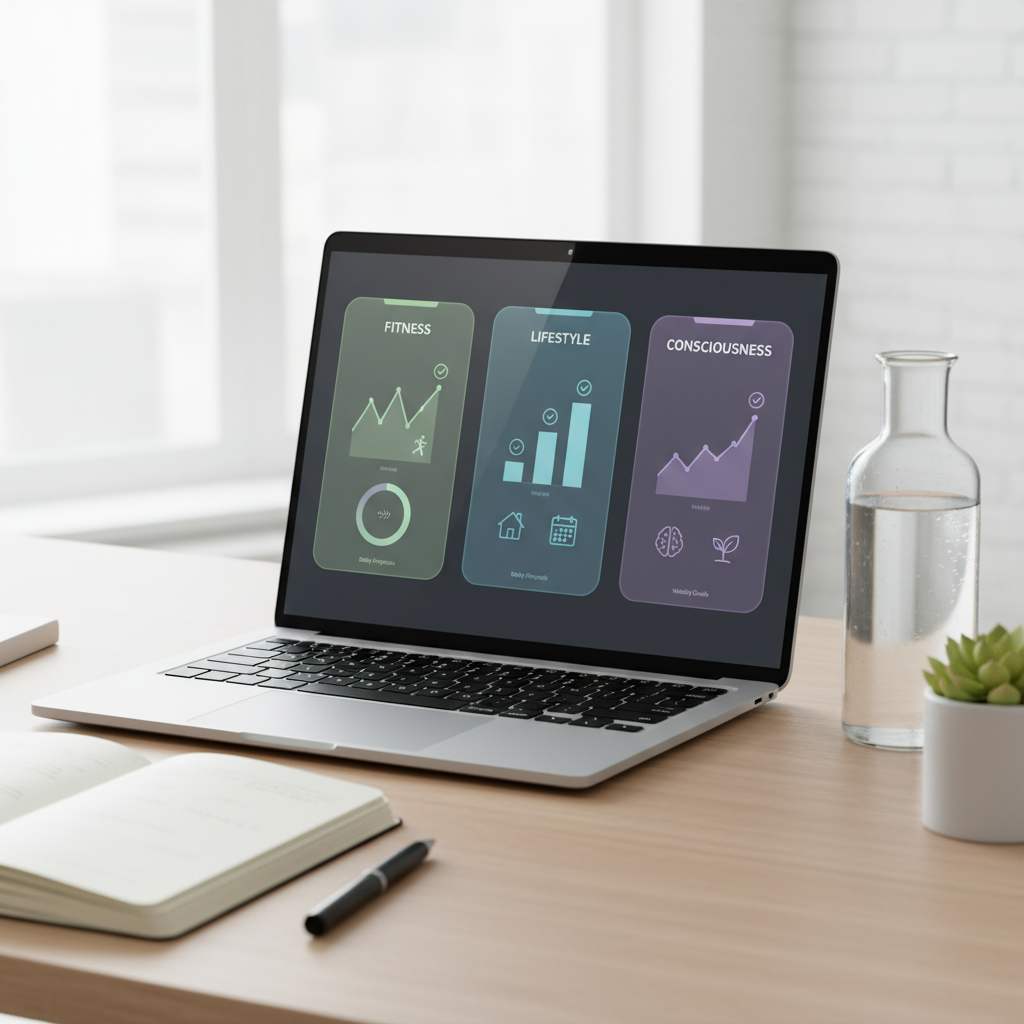If you’ve ever felt like your wellness routine is a tug-of-war: pulling between gym sessions, everyday life demands, and your inner world, you’re not alone. The YDBG 20-30-50 approach is a simple framework that helps you allocate your limited energy across three domains that matter: fitness, lifestyle, and consciousness. It’s not about doing more; it’s about doing what matters, in the right proportions, consistently.
Think of your energy as a budget. Every day you wake up with a finite amount of physical vitality, mental capacity, and emotional bandwidth. Where you invest that budget determines how you feel, perform, and grow. The 20-30-50 approach provides a default allocation so you can make confident choices without overthinking.
What the 20-30-50 approach means
– 20% Fitness: Training your body to be resilient, strong, and mobile.
– 30% Lifestyle: Designing your daily environment and habits—sleep, nutrition, work rhythms, relationships—so health becomes easier.
– 50% Consciousness: Cultivating awareness, presence, and meaning so your actions align with your values and you experience life more fully.
Why such a big slice for consciousness? Because your inner state is the steering wheel for everything else. When you feel grounded and clear, you make better choices. When you’re scattered or stressed, the best plan rarely survives first contact with the day. The 20-30-50 allocation acknowledges that sustainable health starts from the inside out.
Important note: this is a guideline, not a law. Some seasons call for a different mix. Recovering from an injury? You might shift more toward lifestyle and consciousness. Training for a race? Increase your fitness share temporarily. The power of the model is that it gives you a default to return to when life gets noisy.
Step 1: Audit your current allocation
Before you start, get a feel for where your energy actually goes. For the next seven days, simply note:
– What activities energize or drain you (rate each from -3 to +3)
– Rough time spent on fitness (training, mobility), lifestyle (sleep, cooking, errands), and consciousness (mindfulness, journaling, therapy, reflection)
– One-word check-in at the end of the day (e.g., steady, scattered, uplifted, depleted)
At week’s end, add up the hours and the energy ratings. Most people discover they’re investing heavily in lifestyle maintenance by default (work, chores) and underinvesting in fitness and consciousness. That mismatch alone can explain why motivation feels inconsistent and results plateau.
Step 2: Define what success looks like for you
Clarity prevents busywork. In one page, write:
– Fitness: What capacities matter most now (e.g., reduce back pain, rebuild strength, improve endurance)? How will you know you’re improving?
– Lifestyle: Which one or two friction points, if fixed, would improve everything else (e.g., unreliable sleep, chaotic mornings, constant snacking)?
– Consciousness: What inner qualities would change your day-to-day experience (e.g., calm under pressure, gratitude, deeper focus, self-compassion)?
Keep this page visible. It will guide your choices when time is tight.
The 20% fitness pillar: Build a resilient body with minimal waste
The aim is not to live in the gym; it’s to build a body that supports your life. Twenty percent of your wellness energy should deliver 80% of your physical benefits.
What counts:
– Strength training: Compound movements that use multiple joints (hinge, squat, push, pull, carry)
– Aerobic training: Steady, conversational cardio to build endurance and recovery
– Mobility and tissue care: Short, frequent sessions that maintain range of motion and reduce stiffness
– NEAT (non-exercise activity): Walking, standing, moving through your day
Minimal Effective Template (adapt to your level):
– Strength: 2–3 sessions/week, 30–45 minutes. Prioritize full-body. Examples: deadlift or hip hinge, squat or split squat, push (push-up/press), pull (row/pull-up). Finish with carries or core.
– Aerobic: 2 sessions/week, 30–45 minutes. Keep intensity modest (you can speak in full sentences). Add occasional intervals after 4 weeks of consistency.
– Mobility: 10 minutes/day focused on hips, thoracic spine, ankles, shoulders. Bookend your day or attach to existing routines (after brushing teeth, before shower).
– NEAT: Aim for 7,000–10,000 steps/day or 60–90 minutes of cumulative light movement.
Signals you’re in the sweet spot:
– You finish feeling better than when you started most days
– Sleep is solid; soreness resolves within 48 hours
– Progress is gradual but steady (more reps, slightly heavier loads, longer walks without fatigue)
If you’re new or returning after a break, cut the volume in half for two weeks. If you’re advanced, increase intensity instead of time: slower eccentrics, better technique, or heavier but still crisp sets.
The 30% lifestyle pillar: Design your default choices
Lifestyle is the scaffolding that holds your routine in place. When you optimize the environment, willpower becomes a backup, not the main engine.
Core lifestyle levers:
– Sleep: Aim for 7–9 hours. Anchor wake and wind-down times. Dark, cool room. Screens off an hour before bed or use an e-reader with warm light. If nights are short, add a 20-minute afternoon nap.
– Nutrition: Keep it simple. Build plates around protein and plants. Drink water before coffee. Batch-cook once per week. Default snacks: Greek yogurt, nuts, fruit, pre-cut veggies, jerky. Eat mindfully at least one meal/day with no screens.
– Sunlight and movement: Get natural light within an hour of waking. Walk after meals when possible. Take one “outside break” per day, even for 10 minutes.
– Work rhythms: Use 50–80 minute focus blocks with 5–10 minute resets (stretch, breathe, walk). Protect one no-meeting block daily. Batch communication.
– Home and digital hygiene: Keep your workout gear visible. Store less nutritious foods out of sight. Limit social media to scheduled windows. Keep your phone out of the bedroom.
– Relationships: Share active time with others. Eat together when possible. Express one sincere appreciation daily.
Lifestyle is about friction management. Reduce the friction for good choices (pre-fill a water bottle, lay out gym clothes) and increase friction for unhelpful ones (apps behind folders, snacks out of the house).
The 50% consciousness pillar: Train your mind, align your life
Consciousness is the engine under the hood. When you cultivate awareness and compassion, behavior change sticks because it’s backed by identity, not just discipline.
Core practices (pick one from each layer):
– Micro (1–3 minutes): Box breathing, a mindful sip of coffee, three gratitude notes, one slow body scan before sleep.
– Meso (10–20 minutes): Seated meditation (focus on breath or open awareness), reflective journaling (What did I feel? What did I learn?), mindful walk without headphones.
– Macro (30–90 minutes weekly): Therapy or coaching session, deep reading, creative practice (music, drawing, writing), silent morning, service or volunteering.
Attention training is the foundation. Start with 10 minutes of daily meditation for two weeks. Sit comfortably, eyes closed, and notice your breath. When your mind wanders (it will), label it gently and return to the breath. Over time, carry that awareness into movement, meals, and conversations.
Values alignment turns this inward clarity into outward integrity. Every Sunday, review:
– What mattered most last week?
– Where did I act out of fear, habit, or distraction?
– What small, concrete action aligns with my values this week?
When you know what you stand for, prioritization gets easier. Exercise is no longer a chore; it’s how you honor vitality. Sleep isn’t a luxury; it’s how you protect your mind. Meditation isn’t an add-on; it’s how you navigate life with steadiness.
A sample week using 20-30-50
This example assumes you have 90 minutes/day of discretionary wellness time. Adjust durations, not the proportions.
Monday
– Morning: 10 minutes meditation; 10 minutes mobility
– Midday: 30-minute strength session (push/pull/squat)
– Evening: 20-minute walk after dinner; screens off 45 minutes before bed
Tuesday
– Morning: Sunlight and a 10-minute mindful coffee
– Midday: 35-minute Zone 2 cardio (bike, jog, brisk walk)
– Evening: 15 minutes journaling; prep tomorrow’s lunch
Wednesday
– Morning: 10 minutes meditation; mobility reset
– Midday: 35-minute strength session (hinge/lunge/core/carry)
– Evening: Connect with a friend; read 10 pages before bed
Thursday
– Morning: Gratitude notes; outside light
– Midday: 30-minute walk + 10 minutes breath practice
– Evening: Batch-cook proteins/veggies; no-phone dinner
Friday
– Morning: 10 minutes meditation; intention for the day
– Midday: 35-minute strength (full-body circuit)
– Evening: Gentle stretch; reflect on weekly wins
Saturday
– Early: Longer nature walk or hike (45–60 minutes)
– Midday: Creative session or deep reading (30–60 minutes)
– Evening: Social meal, phones away; early wind-down
Sunday
– Morning: 20-minute meditation or yoga
– Afternoon: Plan the week: workouts scheduled, groceries listed, calendar clean-up
– Evening: Values reflection; light dinner; tech-free hour
How to measure without obsessing
Use a light-touch dashboard:
– Sleep: Hours and wake quality Rested? Yes/No
– Movement: Steps per day; 2–3 strength sessions complete? Yes/No
– Mood: 1–10 energy score in the morning; 1–10 calm score in the evening
– Mindfulness: Minutes sat; one insight captured weekly
– Lifestyle wins: 80% of meals aligned with your plan; 1–2 social connections made
Review weekly. If your energy score trends below 5, pull back training intensity and double down on sleep and mindfulness. If energy is high but progress stalls, add a little training density or improve protein intake.
Adapting the model to your life
– Busy parent: Use micro-sessions. Two 20-minute strength circuits at home, walks with the stroller, 5-minute breath breaks while the kettle boils, batch-cook on Sunday.
– Shift worker: Anchor routines to the start and end of shifts rather than clock time. Use light management (bright light at start, dark room and eye mask at end). Keep sleep duration consistent across days.
– Injury or chronic pain: Focus on pain-free movement patterns, mobility, and isometrics. Increase consciousness work to manage stress and pain perception. Consult a professional for personalized guidance.
– Travel or crunch weeks: Shrink to “minimums” rather than pause. Fitness: 15-minute bodyweight circuit or 20-minute brisk walk. Lifestyle: hydration and sleep protection. Consciousness: 5 minutes breathwork and a 2-minute gratitude scan.
Common pitfalls and their fixes
– All-or-nothing thinking: If you can’t do 45 minutes, you do nothing. Fix: Set a two-minute rule. Start, then decide if you’ll continue. Most days you will.
– Overemphasis on fitness: Training hard but sleeping and eating haphazardly. Fix: Protect sleep as a non-negotiable. Schedule meals like meetings.
– Underinvesting in consciousness: Avoiding stillness because your mind races. Fix: Start smaller. Two minutes of breath work counts. Use walking meditation if sitting feels edgy.
– Expectation overload: Trying to optimize everything at once. Fix: Pick one lever per pillar for two weeks. Let momentum build, then stack.
Habit architecture that sticks
– Anchor habits to existing cues: Meditate after brushing your teeth. Mobility right after you make coffee. Walk right after lunch.
– Design the environment: Keep a yoga mat visible; put a meditation cushion where you’ll trip over it (in a good way). Prep a “go bag” with bands and a water bottle for spontaneous sessions.
– Use implementation intentions: “If it’s 12:30, then I’ll walk for 10 minutes.” “If I finish work, then I’ll do a 5-minute journal.”
– Celebrate micro-wins: Track streaks. Share wins with a friend or coach. Small, frequent rewards beat big, rare ones.
A 30-day on-ramp
Week 1: Stabilize
– Sleep: Set consistent wake time
– Consciousness: 5 minutes daily breath or meditation
– Fitness: 2 full-body sessions; 6,000 steps/day
– Lifestyle: Hydrate before coffee; one cooked dinner
Week 2: Build
– Increase meditation to 8–10 minutes
– Add one Zone 2 cardio session
– Batch-cook once; schedule a social walk
– Lights low after 9 pm or one hour before bed
Week 3: Deepen
– Introduce journaling (10 minutes twice this week)
– Add mobility daily (10 minutes)
– Hit 7,500 steps/day average
– Practice a 24-hour news and social media fast
Week 4: Integrate
– Values review on Sunday; plan the week intentionally
– Strength 3x, cardio 2x (shorter if needed)
– One creative or learning session (45–60 minutes)
– Sleep score: Aim for 5/7 “rested” mornings
By the end of 30 days, you’ll have a felt sense of what the 20-30-50 balance does for your mood, performance, and relationships. From there, adapt the dials to your season of life.
When to rebalance
– Under high stress: Shift energy toward consciousness (extra meditation, therapy, journaling) and lifestyle (sleep, nutrition basics). Keep fitness as low-volume, feel-good movement.
– During a performance push: Temporarily increase fitness volume or intensity, but keep a daily 5–10 minute consciousness practice to steady your nervous system.
– In recovery phases: Prioritize sleep, gentle mobility, nature time, and reflective practices. Reintroduce strength and cardio gradually.
Final thoughts
The 20-30-50 approach is not another rigid plan; it’s a compass. It keeps you from getting lost in hacks and distractions by returning you to a simple truth: your body, your daily environment, and your inner world work as a system. When you invest 20% in fitness, 30% in lifestyle, and 50% in consciousness, you create a foundation that is strong, kind, and adaptable.
Start small. Keep promises to yourself. Review weekly and adjust. Over time, this balance doesn’t just improve your health metrics—it changes the quality of your days. That’s the point of the work: to live with more ease, more strength, and more presence.
This content is for informational purposes only and is not a substitute for professional medical advice. If you have a medical condition or are starting a new fitness program, consult a qualified professional.







